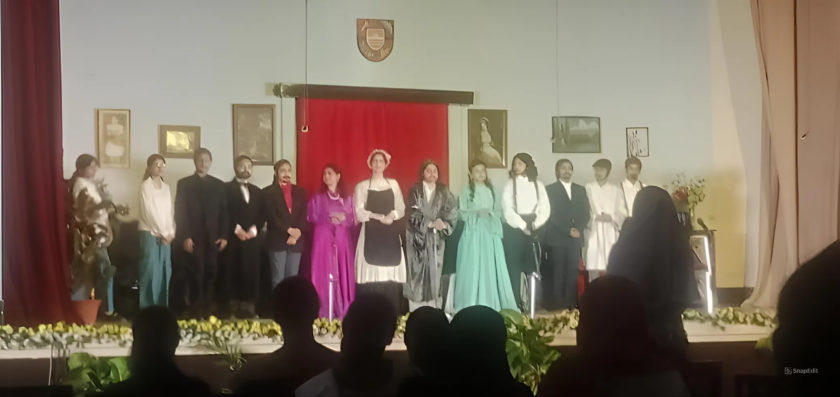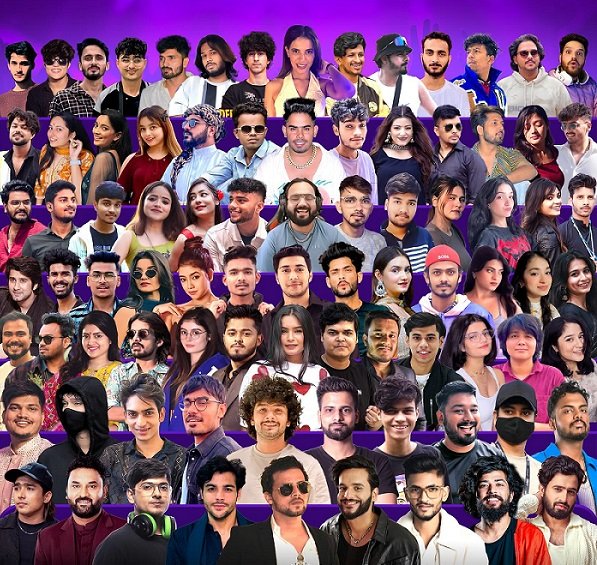Lucknow: The second day of Sahitya Akademi Delhi’s two-day event was a celebration of children’s literature, resonating with insights, experiences, and cultural retrospectives. Held at the Nirala Auditorium of the Hindi Institute, the sessions brought together award-winning writers, scholars, and enthusiasts. The event underscored the evolving landscape of children’s literature in India, tracing its roots and exploring its future.
The Origins of Children’s Literature: A Mother’s Lullaby
Odia scholar Dash Benhur, in his presidential address during the seminar titled Children’s Writing: Past, Present, and Future, highlighted that children’s literature predates formal publications, originating from oral traditions such as lullabies sung by mothers. He expressed concern over its historical neglect, emphasizing that even during Jawaharlal Nehru’s tenure as the first president of the Sahitya Akademi, awards for children’s literature were not instituted. Benhur urged contemporary writers to approach children’s literature with a nurturing perspective akin to a mother’s care.
Regional Perspectives on Children’s Literature
Writers and scholars from various linguistic backgrounds shared rich narratives of their regional contributions:
- Bengali Literature: Ullas Malik explored the history of Bengali children’s literature, underscoring its storytelling legacy.
- Hindi Literature: Zakir Ali Rajneesh critiqued the dominance of moralistic tales in Hindi children’s literature, advocating for a more imaginative approach.
- Malayalam Literature: K. Srikumar, a past Children’s Literature Award winner, discussed the challenges and innovations shaping Malayalam literature for younger audiences.
- Marathi Literature: Savita Karanjkar celebrated storytelling traditions such as Shyamchi Aai and the enduring appeal of characters like Faster Fene, while emphasizing the strong infrastructure for children’s publications in Maharashtra.
Other speakers discussed how children’s literature in various languages has woven local culture, traditions, and contemporary themes into its fabric, making it accessible and appealing.
Experiences of Award-Winning Writers
A panel of 18 Sahitya Akademi Bal Sahitya Puraskar winners shared their creative processes, shedding light on the diverse paths to crafting stories for children:
- Ranju Hazarika (Assamese) described the universality of oral traditions in children’s literature.
- Deepanwita Roy (Bengali) highlighted her effort to address modern issues while moving away from traditional fairy tales.
- Bishan Singh Dardi (Dogri) discussed his book Kukkadu Kadun, aimed at fostering a connection with the Dogri language.
- Kuldeep Singh (Punjabi) shared insights from his play Main Jallianwala Bagh Bolda Haan, which introduces children to unsung heroes of India’s freedom struggle.
Other writers, including Bharat Sasane (Marathi), Harsha Sadguru Shetty (Konkani), and Narayan Ji (Maithili), presented works reflecting regional identity, cultural nostalgia, and imaginative storytelling.
Cultural Performances Enrich the Evening
The event also featured vibrant cultural performances that celebrated India’s artistic heritage. Highlights included:
- Folk dances like Uttarakhand’s Chholiya and Garhwal’s Thadiya-Chaufula.
- A Bollywood music showcase led by Jaya Srivastava.
- Classical and contemporary dance performances by various regional groups.
These activities added a dynamic layer to the celebration of literature, reinforcing the deep connection between stories and performing arts.
The Digital Era: Challenges and Opportunities
In her concluding remarks, Sahitya Akademi Vice President Kumud Sharma reflected on the impact of digital media on children’s engagement with literature. She emphasized the need to rekindle the romance with books amidst the growing influence of television and mobile devices.
The two-day event at Sahitya Akademi served as a vibrant platform for reflecting on the origins, evolution, and future of children’s literature. By combining scholarly discussions with cultural festivities, it celebrated the enduring power of stories to shape young minds while highlighting the challenges of storytelling in the digital age.




